Rye Field Model 5073 StuG III Ausf. G Early Production w/full Interior 1/35
Plastikowy model do sklejania. Zestaw modelarski nie zawiera kleju ani farb.
Sturmgeschütz III (StuG III) – działo pancerne (czasem kojarzony z niszczycielem czołgów) konstrukcji niemieckiej z okresu II wojny światowej.
W 1935 roku Erich von Manstein w liście do generała Becka przedstawił koncepcję jednostek „artylerii szturmowej” (Sturmartillerie), której głównym zadaniem miałoby być bezpośrednie wsparcie atakujących oddziałów piechoty. Po dopracowaniu szczegółowych wymagań, 15 czerwca 1936 firma Daimler-Benz AG otrzymała rozkaz zaprojektowania opancerzonego pojazdu wsparcia piechoty, uzbrojonego w armatę 75 mm ze swobodą ruchu w płaszczyźnie poziomej przynajmniej 25°. Cały pojazd miał być opancerzony, chroniąc załogę przed bezpośrednim ogniem wroga, a całkowita wysokość pojazdu nie miała przekraczać wysokości przeciętnego mężczyzny.
Daimler-Benz AG zdecydował się użyć do rozwinięcia pojazdu podwozia nowo zaprojektowanego średniego czołgu Panzerkampfwagen III. Pierwszych pięć prototypów powstało w 1937 roku na podwoziu PzKpfw III Ausf. B. Uzbrojone były w krótkolufową armatę 75 mm Sturmkanone 37 L/24 (o długości lufy 24 kalibrów) i niskiej prędkości wylotowej pocisku. Dopiero po napotkaniu w Rosji czołgów T-34 zdecydowano się na przezbrojenie StuGa III w długolufową armatę zdolną do penetracji pancerza radzieckich czołgów. Od wiosny 1942 zaczęto używać armaty 75 mm StuK 40 L/43, a jesienią tego roku jeszcze dłuższej jej wersji L/48. Warianty StuGa III wyposażone w te działa były też określane jako StuG 40. Późniejsze modele StuGa III wyposażone były także w karabin maszynowy MG34 o kalibrze 7,92 mm zamontowany w kadłubie.
Wszystkie pojazdy z serii Sturmgeschütz były bardzo tanie w produkcji w porównaniu ze współczesnymi im czołgami i do końca wojny powstało ponad 10,5 tysiąca egzemplarzy w różnych wersjach.
StuG 40 Ausf. G (1942-45, 7893 egzemplarze)
Ostateczna i najliczniejsza wersja StuGa. Część z nich używała podwozia Panzer III Ausf. M wyprodukowanych przez MAN. Ostatecznie jednak ta firma wyprodukowała tylko podwozia. Z wyjątkiem tych nielicznych StuGów na podwoziu Panzer III Ausf. M, StuGi „G” były oparte na tym samym podwoziu co poprzednia wersja. Jednakże w nadbudowie wprowadzono znaczne udoskonalenia. Najbardziej zwracają uwagę nowa wieżyczka obserwacyjna dowódcy z peryskopami i pochyłe boki nadbudowy - cecha przypominające pierwsze Sturmgeschütze. Inne wprowadzone zmiany: podniesienie centralnej części dachu, pionowa ściana przedziału bojowego z tyłu i przeniesienie tamże wentylatora. W czasie produkcji trwającej prawie do końca wojny wprowadzono kolejne zmiany. Zastąpiono spawaną osłonę jarzma działa odlewaną, zlikwidowano boczny i przedni wizjer kierowcy. Od 1944 produkowana z dwoma karabinami maszynowymi. Później montowano także zmodyfikowane stanowisko karabinu maszynowego na dachu przedziału bojowego. Ładowniczy mógł dzięki temu prowadzić ostrzał z wnętrza pojazdu we wszystkie strony. Wprowadzono też mnóstwo drobnych ulepszeń. Alkett rozpoczął produkcję tej serii w grudniu 1942 roku. W lutym 1943 roku do produkcji przyłączył się Mühlenbau-Industrie AG. Zmontowano ponad 7800 StuGów Ausf. G i dodatkowo przerobiono na StuGi ponad 300 różnych wersji podwozi czołgu Panzerkampfwagen III.
Sturmgeschütz III (StuG III) - an armored cannon (sometimes associated with a tank destroyer) of German construction from the Second World War.
In 1935, Erich von Manstein in a letter to general Beck introduced the concept of "assault artillery" units (Sturmartillerie), whose main task would be to directly support attacking infantry units. After fine-tuning the detailed requirements, on June 15, 1936, Daimler-Benz AG was ordered to design an armored infantry support vehicle, armed with a 75mm gun, with a horizontal freedom of movement of at least 25 °. The entire vehicle was to be armored to protect the crew from direct enemy fire, and the overall height of the vehicle was not to exceed the height of an average man.
Daimler-Benz AG decided to use the chassis of the newly designed Panzerkampfwagen III medium tank to develop the vehicle. The first five prototypes were built in 1937 on the chassis of the PzKpfw III Ausf. B. They were armed with a 75 mm Sturmkanone 37 L / 24 short-barreled cannon (with a barrel length of 24 calibers) and a low muzzle velocity. Only after encountering the T-34 tanks in Russia, it was decided to retrofit the StuG III into a long-barreled cannon capable of penetrating the armor of Soviet tanks. From the spring of 1942, the 75 mm StuK 40 L / 43 gun was used, and in the fall of that year its even longer L / 48 version. Variants of the StuGa III equipped with these guns were also referred to as the StuG 40. Later StuGa III models also featured a 7.92 mm MG34 machine gun mounted in the hull.
All vehicles from the Sturmgeschütz series were very cheap to produce compared to contemporary tanks, and by the end of the war, over 10,500 vehicles in various versions had been produced.
StuG 40 Ausf. G (1942-45, 7893 copies)
The final and most numerous version of the StuG. Some of them used the Panzer III Ausf chassis. M manufactured by MAN. Ultimately, however, this company only produced the chassis. Except for the few StuGs on the Panzer III Ausf. The M, StuGi "G" were based on the same chassis as the previous version. However, significant improvements were made to the superstructure. The new commander's observation turret with periscopes and the sloping sides of the superstructure are the most interesting - a feature reminiscent of the first Sturmgeschütze. Other changes made: lifting the central part of the roof, vertical wall of the fighting compartment at the rear and moving the fan there. During the production, which lasted almost to the end of the war, further changes were made. The welded mantle of the cast gun mantlet has been replaced, the side and front driver's visors have been removed. From 1944 it was produced with two machine guns. Later, a modified machine gun position was also installed on the roof of the fighting compartment. The loader could therefore fire from the inside of the vehicle in all directions. There have also been a ton of small improvements. Alkett began production of this series in December 1942. In February 1943, Mühlenbau-Industrie AG joined the production. Over 7,800 Ausf StuGs were assembled. G and, in addition, over 300 different versions of the Panzerkampfwagen III chassis were converted into StuGi.

















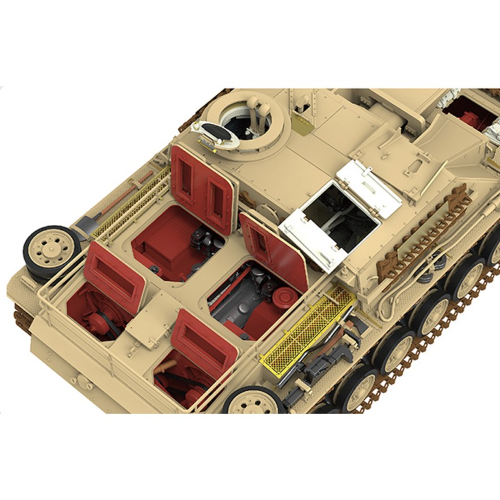




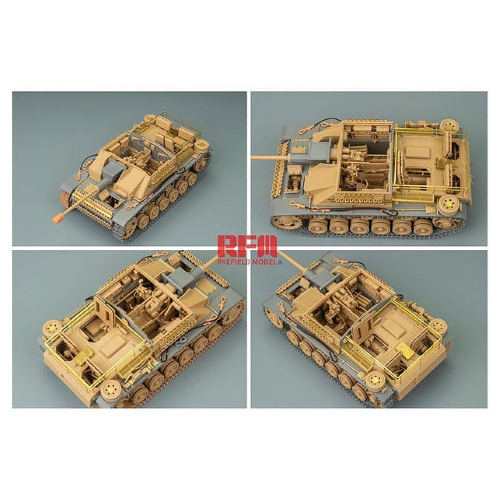

 11 szt.
11 szt.




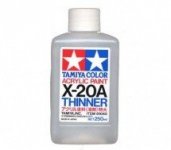

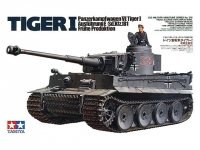


 2 szt.
2 szt.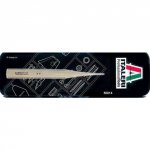
 1 szt.
1 szt.